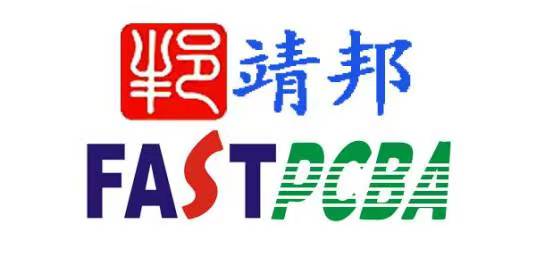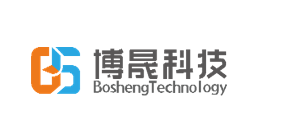The world of electronics is ever-evolving, and within this dynamic landscape lies a pivotal event that captures the attention of industry professionals and enthusiasts alike: the electronics show. What makes these shows so significant in shaping market trends? As we delve deeper into their characteristics, we uncover insights that not only highlight their importance but also reveal how they segment various markets.
Understanding Electronics Shows and Their Market Characteristics
Electronics shows serve as a confluence for innovation, networking, and knowledge exchange among stakeholders in the electronics sector. These events typically showcase cutting-edge technologies ranging from consumer gadgets to industrial applications. One notable aspect of electronics shows is their ability to attract diverse participants across different market segments—ranging from manufacturers to end-users—which facilitates targeted marketing strategies. The segmentation observed at these events often reflects broader industry trends, allowing companies to tailor their offerings based on specific audience needs.
Diving into Machinery Expos and Their Market Segmentation Features

Machinery expos represent another critical facet of trade exhibitions closely related to electronics shows. In terms of market segmentation, machinery expos tend to focus on specialized sectors such as manufacturing equipment or automation technology. This specificity allows exhibitors to engage with niche audiences who are particularly interested in advancements relevant to their fields. By analyzing attendee demographics and preferences at machinery expos, businesses can refine product development efforts while enhancing customer engagement through personalized marketing approaches.
An In-Depth Look at ITES in Market Segmentation
The Information Technology Enabled Services (ITES) sector plays an integral role within the framework of electronic trade fairs by highlighting services that enhance technological capabilities across industries. When examining ITES through the lens of market segmentation, it becomes evident that this domain caters primarily to business-to-business (B2B) interactions where service providers offer tailored solutions based on client requirements. Factors such as geographical location, company size, and industry verticals significantly influence how ITES firms position themselves during exhibitions like electronics shows.
Conclusion
In summary, electronics shows are vital platforms for understanding market attributes through effective segmentation strategies. They facilitate connections between diverse stakeholders while showcasing innovations pertinent to various sectors including machinery expo dynamics and IT-enabled services characteristics. As I reflect upon these elements, it becomes clear that participating in such events not only enhances visibility but also fosters strategic relationships essential for navigating today’s complex marketplace.

